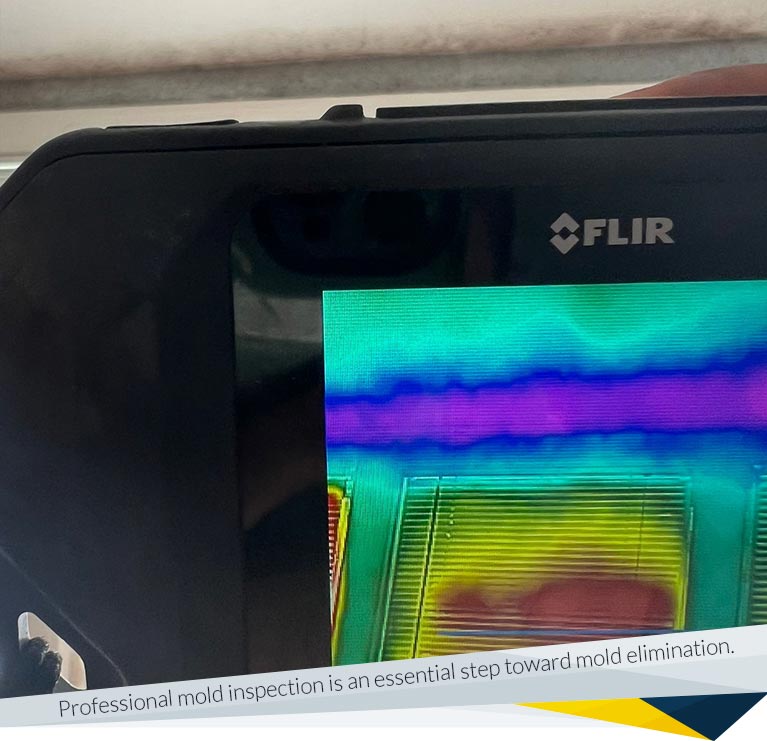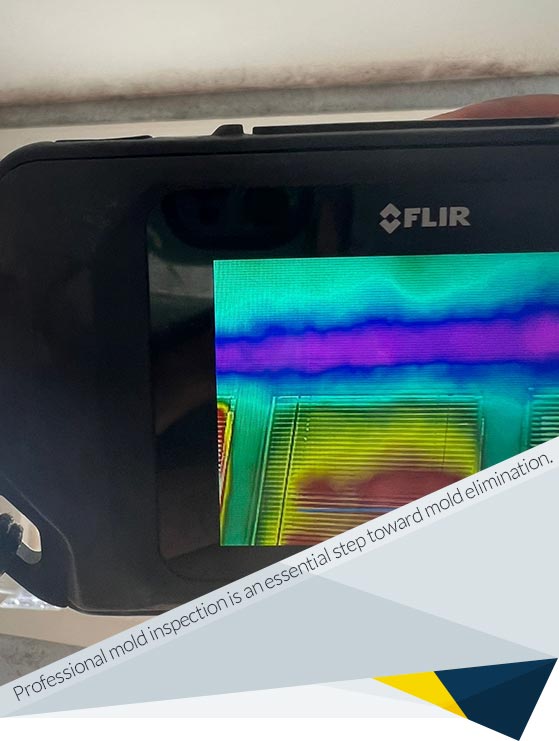
This article takes you through mold inspection so you can understand it, starting with an insight into mold growth and how it gets into your home. We will also cover the severe effects it can have on your health. At that point, it will become evident that every homeowner and landlord must know if this lurking threat is present and a danger to their families or employees. We will also cover some of the obstacles in detecting mold, mainly because it exists in hidden and isolated places. We explain why only professional inspections will do and what to expect when skilled contractors come to the rescue.
Unfortunately, many commercial property owners and householders are unaware of the mold threat to the health of their employees and families (see more on this below) and, ultimately, their real estate asset value. Why? Because, in most cases, they're dealing with a concealed enemy. Indeed, hidden mold lurks in air conditioning systems, attics, basements, inside walls, and behind kitchen cabinetry.
According to the CDC (Centers for Disease Control and Prevention), it starts with leaking water from faulty appliances, roof damage, outside seepage, corrosive plumbing, and defective drains. In other words, it breeds anywhere aqua-leaks penetrate, resulting in dampness or water stagnation. And that's only the beginning. hidden mold, especially the black mold type, can:
In short, hidden black mold is a severe issue that, if left undetected, can cause quite a lot of damage to your property before you even start the mold remediation process. Even worse, just because you can't see it doesn't mean that mold spores aren't infiltrating the air you breathe. This means it could be impacting on your family's health as well.

According to the Mayo Clinic and backed by a CDC study on mold symptoms, the threat posed by inhaling black mold spores lies at the core of professional mold inspection. If black mold is on the premises in any way described above, you want to find and eradicate it. Why? Because the long-term health effects run deeper than skin inflammations and rashes, often misdiagnosed as an allergic reaction to seasonal changes. While the latter ebb and flow (along with the sneezing and other symptoms), problems from black mold tend to persist in stages:
Mold spores continuously entering the circulatory system (i.e., breathing it in) will eventually find their way to one's heart, and severe health deterioration can occur. Once it circulates, black mold has the power to disrupt our blood flow and quality by:
FDP Mold Remediation wants to help you protect your health through timely attention to mold problems.
We don't imply that everyone exposed to mold suffers advanced-stage health issues. Still, the categories above signify the dangers if mold contamination continues unchecked in your property.
The simplest way to check if there is a mold problem that needs addressing in your property is to have a mold inspection performed.
That's a good question. The answer is that what you see may be a clue that something more significant is amiss. Professional mold remediation needs a careful, targeted plan to succeed, and the mold inspection allows the mold experts to build this plan by seeing the scope of the mold growth first hand. You should be confident that the mold expert you hire is experienced and qualified to evaluate your property and plan its recovery:
Every mold inspection starts with collecting information about the property, about why there is a concern, and about what may have caused the mold growth. It generally starts in conversation with the property owner or the tenant, who can explain everything in detail and show the mold inspector where the areas of concern are.
The inspector deploys a flashlight and some rudimentary tools to access restricted nooks and crannies. It may involve, for example, removing HVAC grates to look into air ducts, deploying moisture meters, cutting out pieces of drywall, photographing suspicious markings, or any combination of these actions. Moisture detection is a very important part of every mold inspection, because it helps identify areas where mold has the right conditions to grow, even though you can't see it.
The goal is to pinpoint if there is mold contamination in the first instance and then how many square feet require remediation. As a result, the process can focus on a relatively contained area or the entire building - it all depends on the circumstances that surround the call for the inspection in the first place.
These two services often go hand in hand, but mold inspection is the first line response to identifying indoor mold infestation.
Mold testing is something that may follow if a visual mold inspection determines does not find signs of mold, but it is still highly suspected. The testing process focuses on the following:
Some municipalities mandate mold testing as part of an mold inspection, but otherwise mold inspection excludes it, emerging as a substantially broader activity to investigate and pinpoint if mold exists and the extent of the problem in square footage.
We have covered why the first step towards successful mold removal is a professional mold inspection if you suspect mold growth in your home or business. With our mold inspection process, we will identify and assess any mold issues and provide you with effective solutions to remediate the problem.
As the next step, we will locate extra moisture so that the source of moisture that allowed the mold to grow in the first place can be eliminated. This involves fixing leaks, improving ventilation, or addressing other issues that are causing excessive moisture. We will also dry remaining moisture and dehumidify so that the mold can't grow back unless a new source of moisture is introduced. Our team will provide expert guidance on how to eliminate the moisture problem and prevent future mold growth.
Don't wait until it's too late to address a mold issue. Contact us today to schedule your mold remediation service and take the first step towards a mold-free environment.



